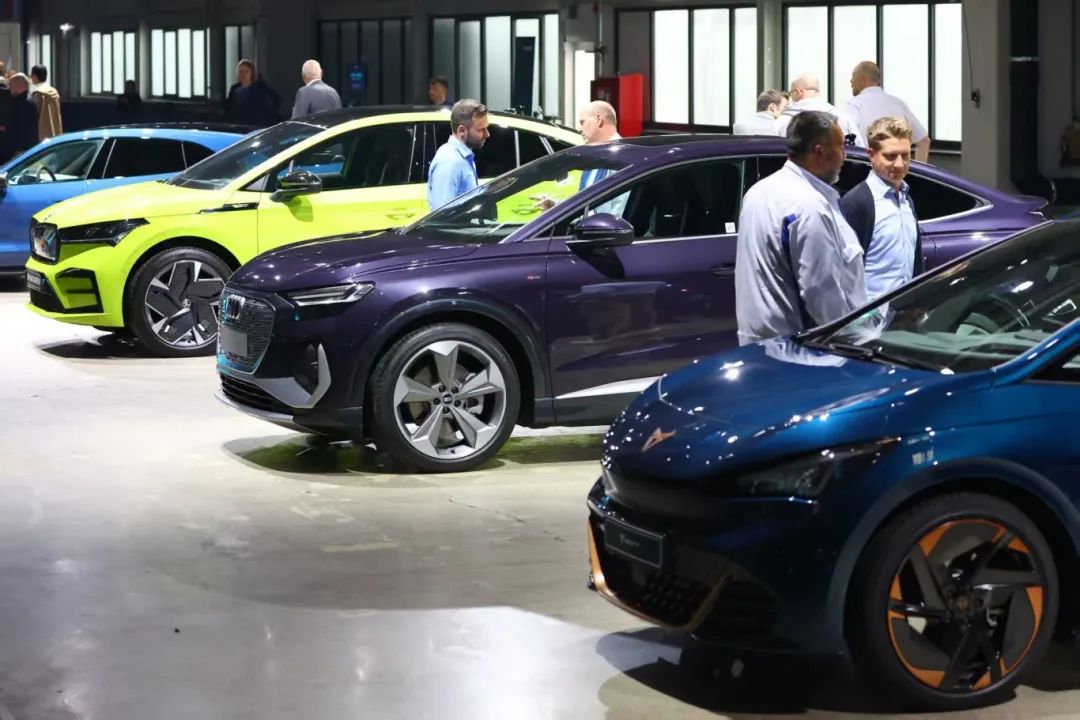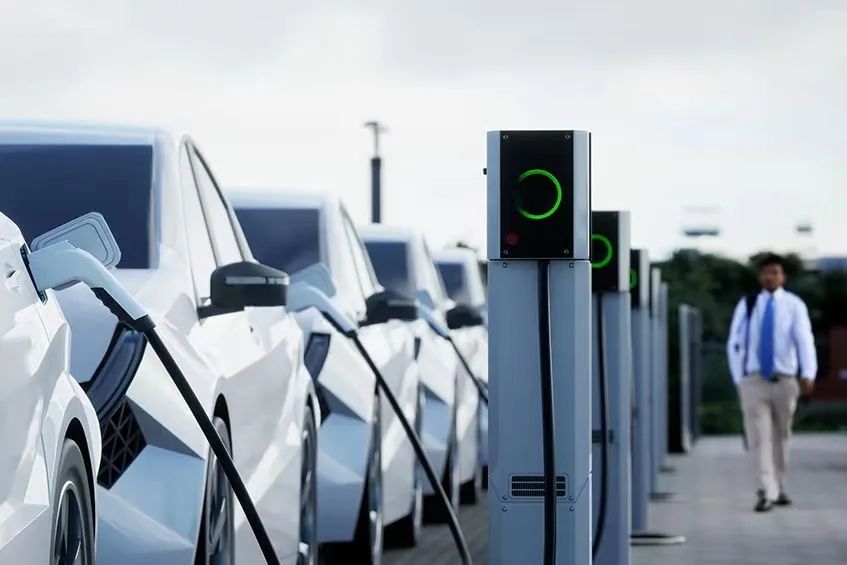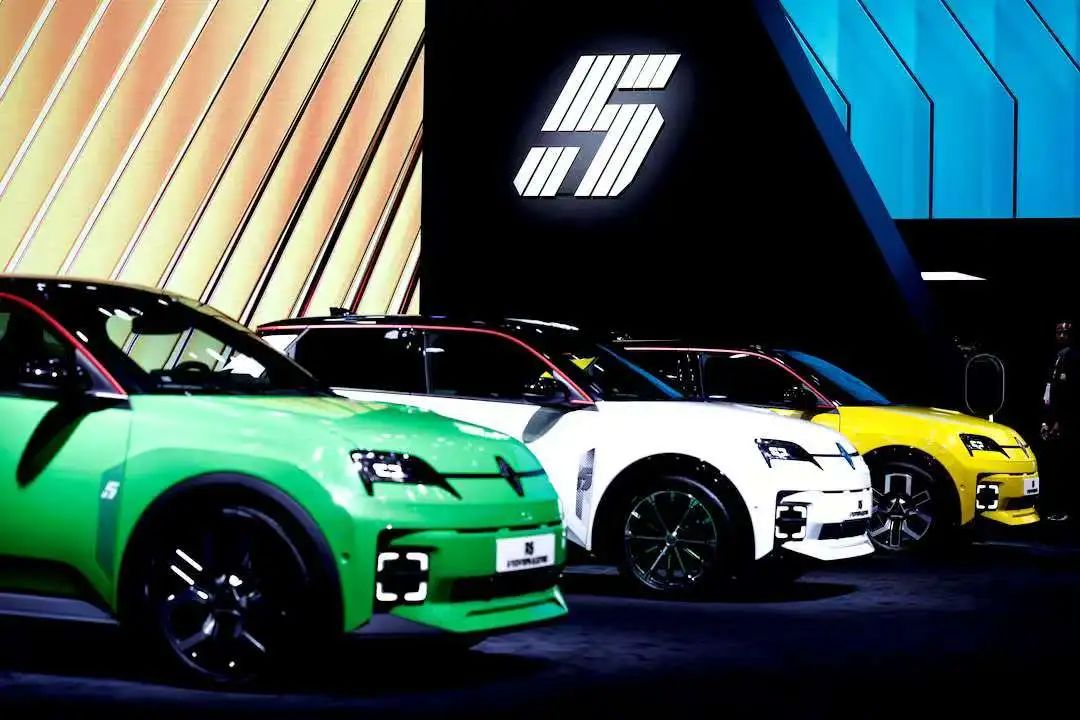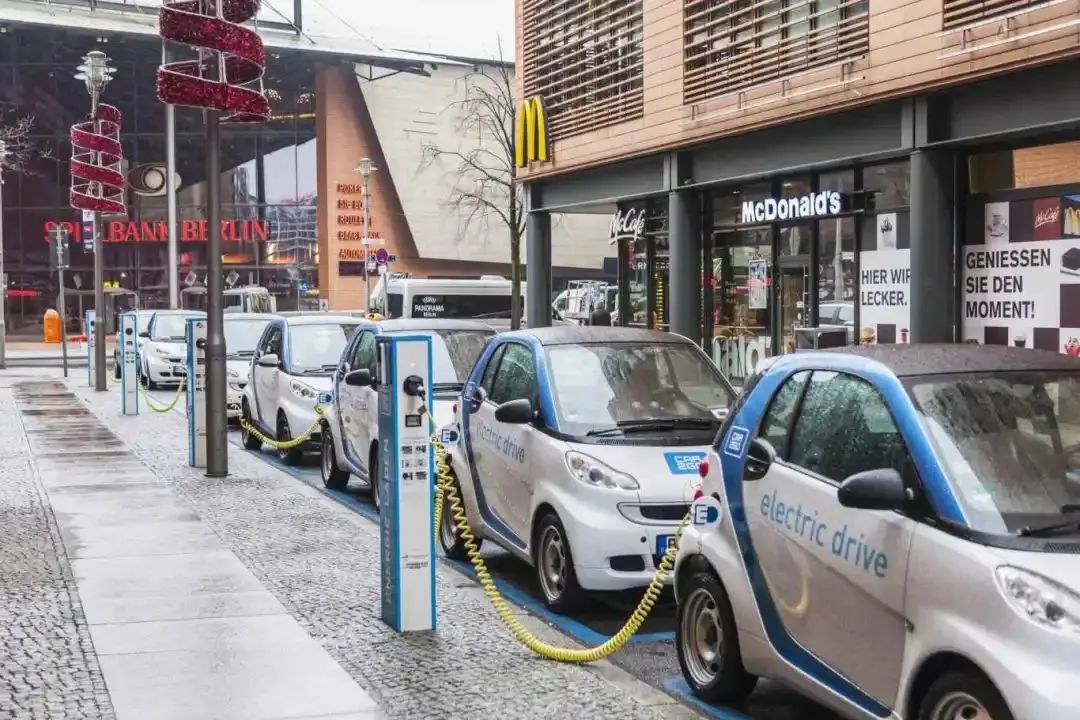Electric Car Sales Stagnate, Prompting EU Urgency
![]() 03/05 2025
03/05 2025
![]() 477
477
Introduction
An inefficient cycle in supporting industries, production chains, costs, and prices.
The EU can no longer afford to stand idle.
Confronted with persistent sluggish sales of electric vehicles (EVs), the EU has decided to unveil its latest auto policy this week, aiming to bolster local EV demand and empower European manufacturers to compete more effectively with China, the United States, and other nations.
Reuters reported that the draft policy has been circulated among the 27 EU member states, with expectations for these countries to propose final amendments. However, the draft does not specify the financial measures the EU will implement for subsidies or incentives.

The latest draft from the EU reveals that Europe faces the risk of losing market share in the EV sector. Particularly in EV components (such as power batteries), the EU lacks a significant edge over competitors like China.
The draft outlines new strategies for components like power batteries. Localization requirements for batteries in EVs sold in Europe will become increasingly stringent, with substantial EU support for European-made batteries and other components. Financial support for battery recycling facilities is also being planned.
01 Chain Reaction of Declining Sales
According to data from the European Automobile Manufacturers Association (ACEA), EV sales in the EU declined by 5.9% in 2024. Cited reasons include limited charging facilities, the abrupt cessation of subsidies in Germany, and the scarcity of low-priced EV options in the market.
European automakers anticipate another challenging year in 2025. On one hand, EV demand is waning; on the other, stricter EU emission targets compel automakers to sell more EVs. Additionally, they face the threat of tariffs imposed by the Trump administration.
In a report earlier this year, UBS consultants analyzed that European manufacturers are experiencing a predictable "dark storm" for EVs due to price pressure, declining market share in China, stricter emission regulations, tariff risks, and continued sluggish demand.

Various indicators and research forecasts suggest a bleak outlook for the European pure EV market.
ACEA survey data shows that less than 30% of European consumers opt for EVs, with over half firmly stating they will not buy EVs priced above €35,000.
A recent report from investment research institution Jefferies states that by 2030, Europeans will purchase 2 million fewer EVs annually than previously predicted. If sales continue to stagnate, the EU's plan to ban new fuel vehicle sales by 2035 will be jeopardized.
Another set of data from UBS indicates that between 2024 and 2030, Europeans will purchase nearly 9 million fewer EVs than expected.

In Europe, high vehicle prices, range anxiety, and underdeveloped charging facilities are the primary deterrents for potential EV buyers.
Charging infrastructure is a thorny issue requiring substantial public and private investment. In Europe, whether at the national or regional level, public services are not prioritized. Data shows that 70% of public charging stations in the EU are concentrated in Germany, France, and the Netherlands.
The decline in EV demand in Europe has triggered a series of chain reactions, with negative feedbacks unwelcome to automakers.
One feedback involves passive adjustment of production plans.
The Stellantis Group increased its planning for hybrid models last year, while Mercedes-Benz postponed its goal of having EVs (including hybrids) account for 50% of total sales. Porsche abandoned its target of EVs comprising 80% of sales by 2030, and Audi also shelved its aggressive pure EV policy, emphasizing that its main models must offer both "fuel and pure electric" options.

The second feedback is overcapacity.
Last week, Audi officially closed its manufacturing plant in Forest, Brussels. This decision will result in the loss of 3,000 jobs, causing considerable shock in Belgium and local European regions.
This 76-year-old factory has witnessed the glory of Volkswagen's fuel vehicle era and Audi's brand, as well as the difficulties of the company's electrification transformation. Due to poor sales of pure electric models like the Q8 e-tron, severe overcapacity, and high production costs, Audi had to consider closing the factory.
02 Policies Must Avoid Ineffectiveness
Audi's recent experience is just a microcosm of the electrification transformation of European automakers. Large-scale reorganizations due to electrification strategies in historic European factories, without suitable solutions afterward, will lead to a significant number of workers facing the risk of unemployment.
So far, aside from government incentive policies, the growth of EVs has proven unsustainable in the European market. Not only has the anticipated momentum been lost, but end consumers have also lost purchasing power, causing many to doubt the future of pure EVs.
The EU has consistently encouraged manufacturers to produce more pure EV models and consumers to purchase them through various green and low-carbon policies, aiming to help the European automotive industry catch up with markets like China faster. However, based on past years' experience, these constantly adjusted strategies have instead introduced uncertainty into Europe's electrification transformation.

From tax policies to R&D funding support, the EU's policies have spared no effort, yet automakers feel exceedingly strained. The disparity between policies and market performance exposes the deep-rooted issues in the EU's EV strategy, with many bottlenecks still not fundamentally resolved.
In terms of the industrial chain, Europe's local battery industrial chain is already lagging. Several previously favored star companies have successively gone bankrupt or incurred losses, leading to reliance on imports for key components and high production costs.
Regarding infrastructure, there is a widespread lack of charging facilities in European cities. Consumers are generally anxious about charging time and range, and the cost advantages of using EVs are offset by high electricity prices.
These two dimensions form an inefficient cycle of supporting industries, production chains, costs, and prices, posing numerous challenges to the EU's EV policies. If underlying contradictions cannot be resolved, the relevant policies are destined to be ineffective and unsustainable.

The aggressive competitive advantages of Chinese rivals and tariff threats from the Trump administration present new challenges for European automakers.
For most European automakers, a 25% tariff is indeed too high and difficult to pass on to consumers. Coupled with the already low overall profit margin of automobiles, European manufacturers have little room to absorb the impact of tariffs and can only passively adjust or expand existing production capacity in the United States to maintain market share.
This means that in the coming years, the EU's automotive industrial chain will also face another challenge: investment shifts. In the long run, global automotive industry investment may shift from European countries like Germany to the United States and China, a change that will come at the expense of Germany's industrial dominance.
What the EU needs to do is re-evaluate its EV strategy and strike a balance between industrial policies, infrastructure, and market demand. However, considering both internal and external environments, achieving this balance is no easy feat.







